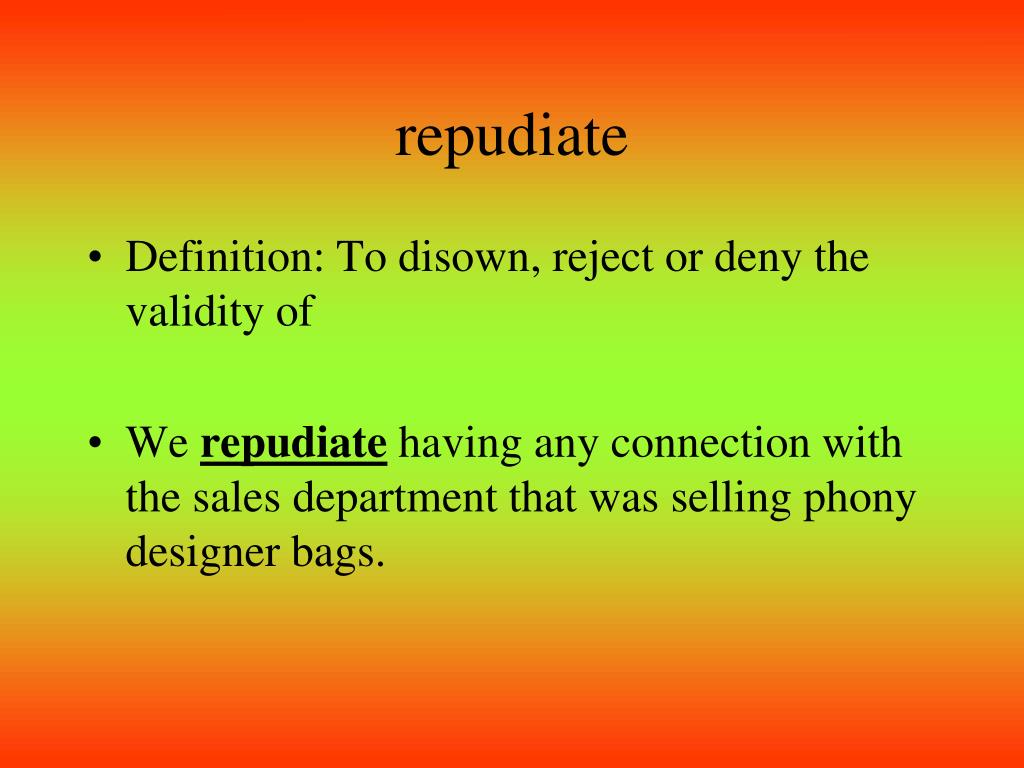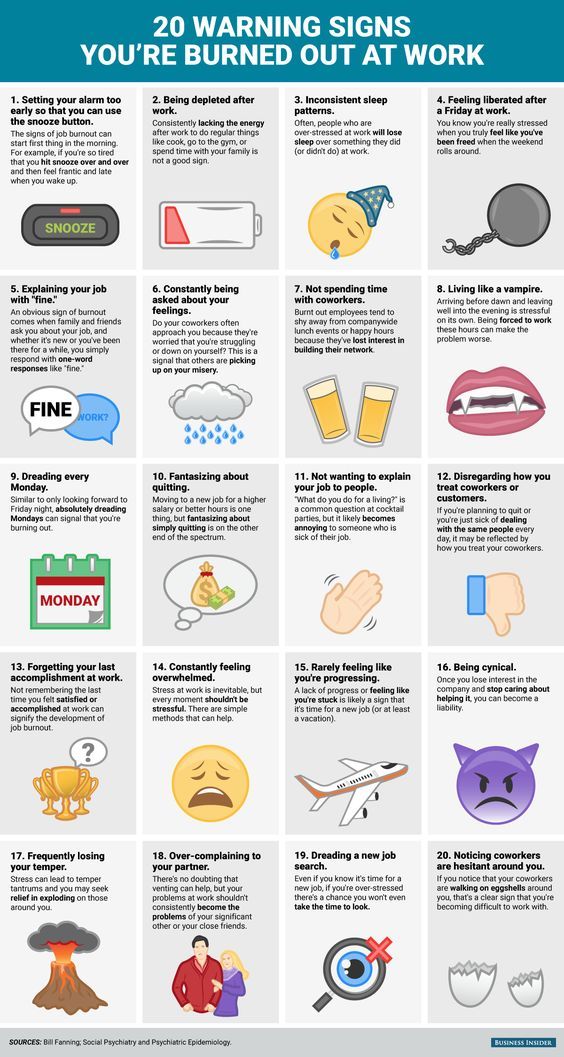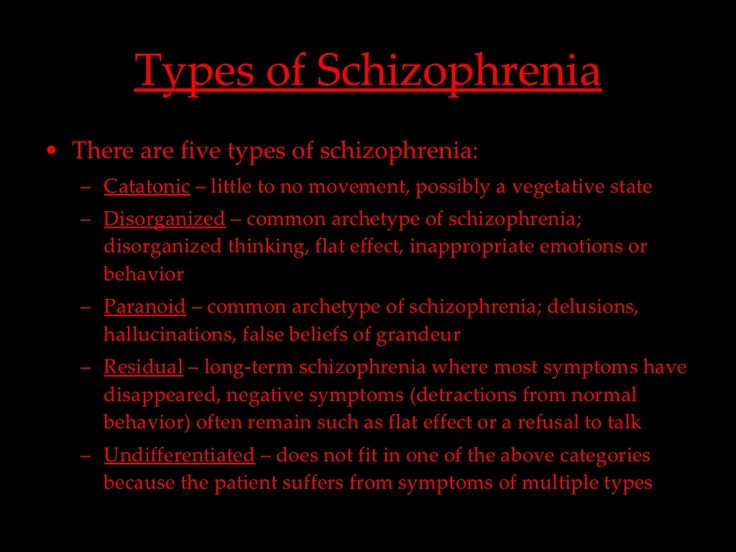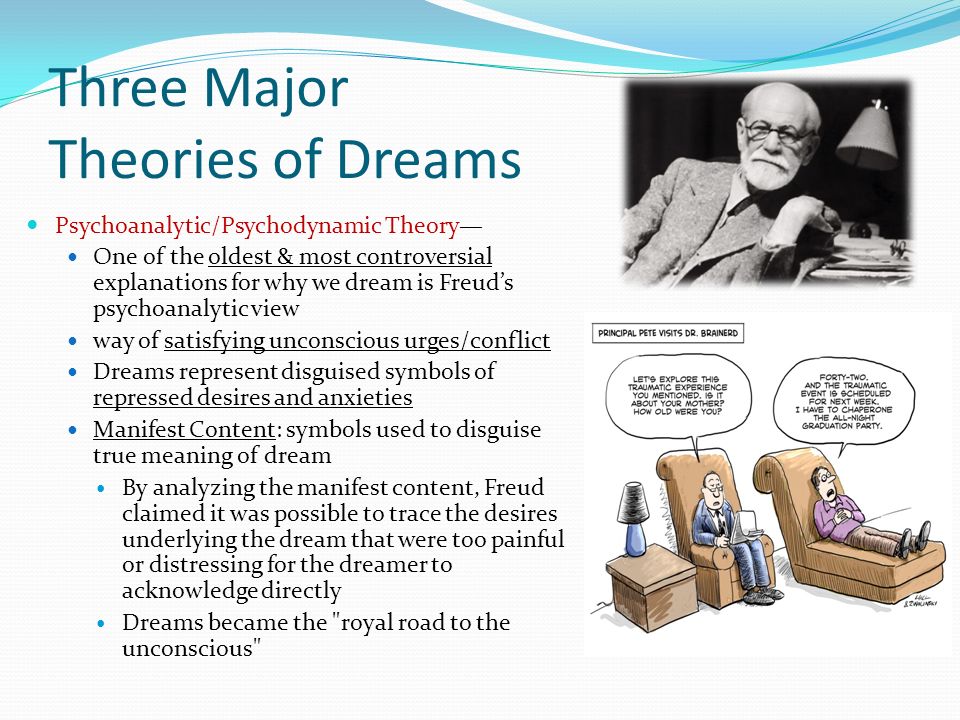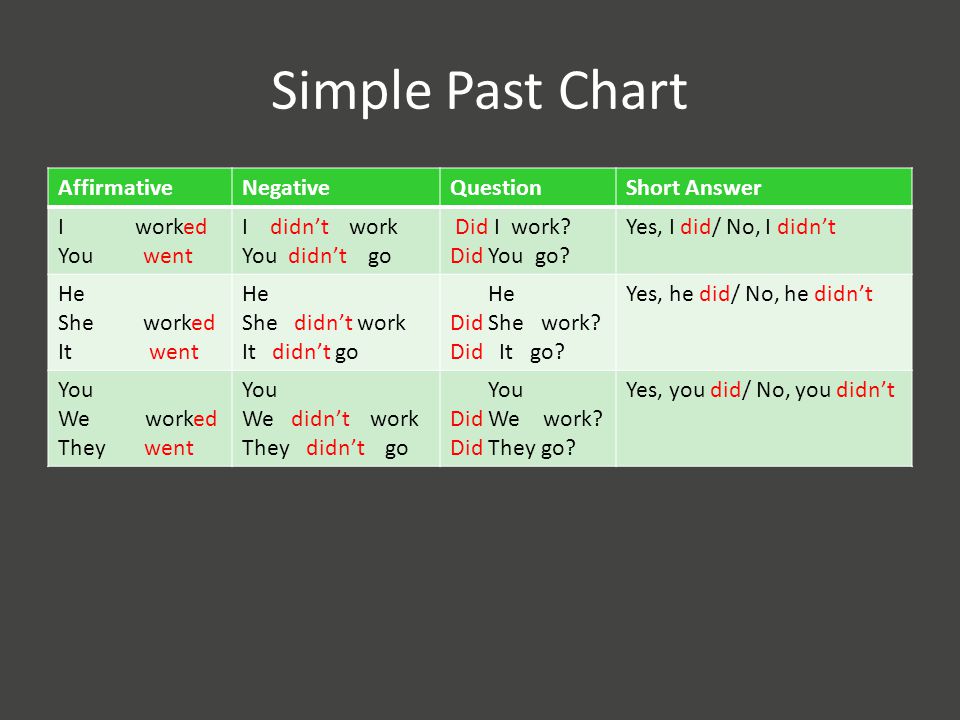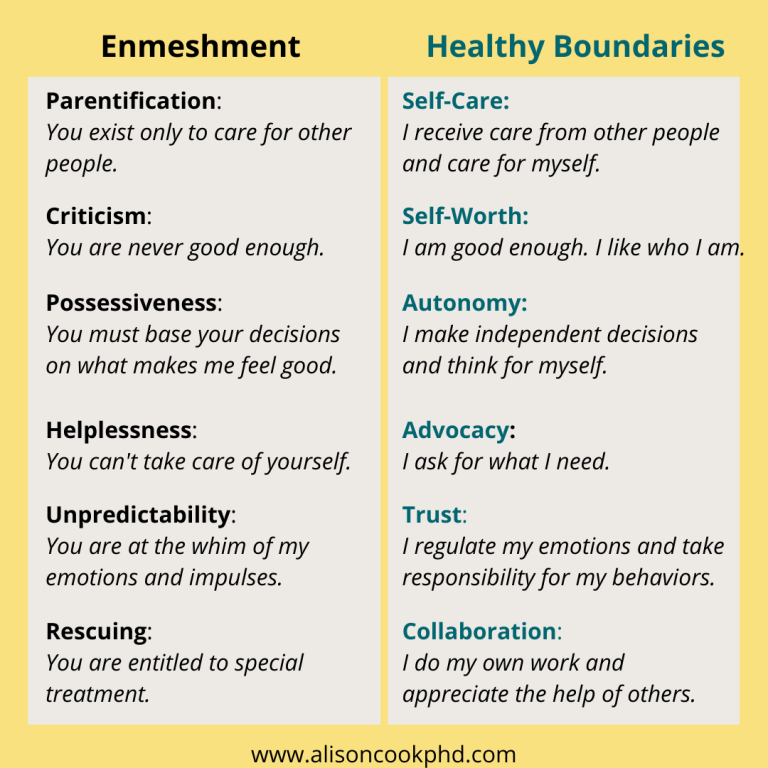Definition of echoic memory
How We Perceive the Past
Echoic memory, or auditory sensory memory, is a type of memory that stores audio information (sound).
It’s a subcategory of human memory, which can be divided into three major categories:
- Long-term memory retains events, facts, and skills. It can last for hours to decades.
- Short-term memory stores information you recently received. It lasts for a few seconds to 1 minute.
- Sensory memory, also called the sensory register, holds information from the senses. It can be further broken down into three types:
- Iconic memory, or visual sensory memory, handles visual information.
- Haptic memory retains information from your sense of touch.
- Echoic memory holds audio information from your sense of hearing.
The purpose of echoic memory is to store audio information as the brain processes the sound. It also holds bits of audio information, which gives meaning to the overall sound.
Let’s look at how echoic memory works and how long it lasts, along with real-life examples.
When you hear something, your auditory nerve sends the sound to your brain. It does this by transmitting electrical signals. At this point, the sound is “raw” and unprocessed audio information.
Echoic memory occurs when this information is received and held by the brain. Specifically, it’s stored in the primary auditory cortex (PAC), which is found in both hemispheres of the brain.
The information is held in the PAC opposite of the ear that heard the sound. For instance, if you hear a sound in your right ear, the left PAC will hold the memory. But if you hear a sound through both ears, both the left and right PAC will retain the information.
After a few seconds, the echoic memory moves into your short-term memory. This is where your brain processes the information and gives meaning to the sound.
The process of echoic memory is automatic. This means audio information enters your echoic memory even if you don’t purposely try to listen.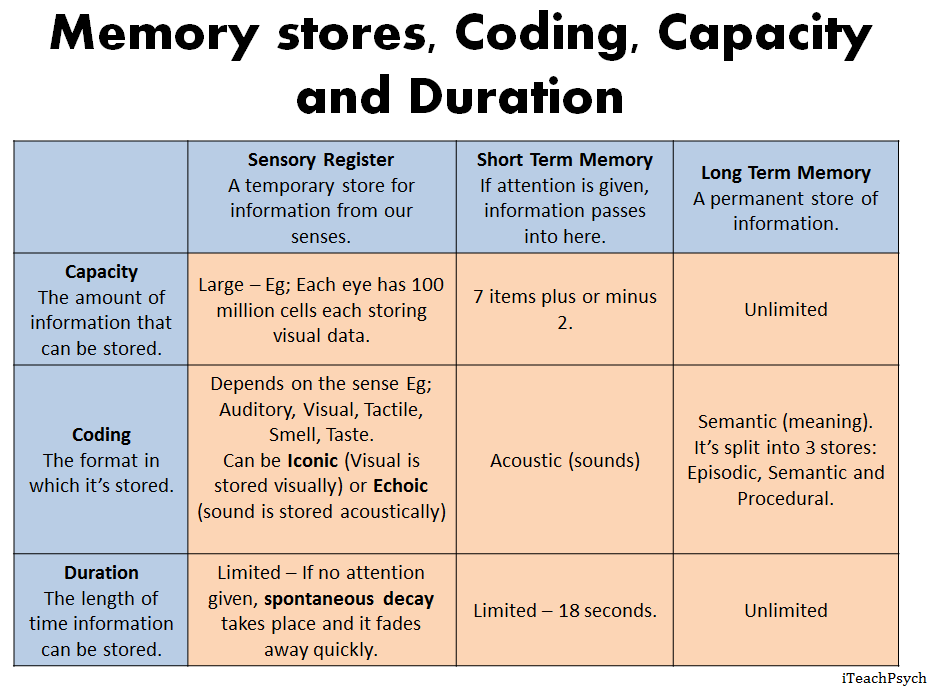
In fact, your mind is constantly forming echoic memories. Here are a few everyday examples:
Talking to another person
Spoken language is a common example. When someone talks, your echoic memory retains each individual syllable. Your brain recognizes words by connecting each syllable to the previous one.
Each word is also stored in echoic memory, which allows your brain to understand a full sentence.
Listening to music
Your brain uses echoic memory when you listen to music. It briefly recalls the previous note and connects it to the next one. As a result, your brain recognizes the notes as a song.
Asking someone to repeat themselves
When someone talks to you while you’re busy, you might not fully hear what they say. If they repeat what they said, it will sound familiar because your echoic memory heard them the first time.
Echoic memory is very short. According to the “Handbook of Neurologic Music Therapy,” it only lasts for 2 to 4 seconds.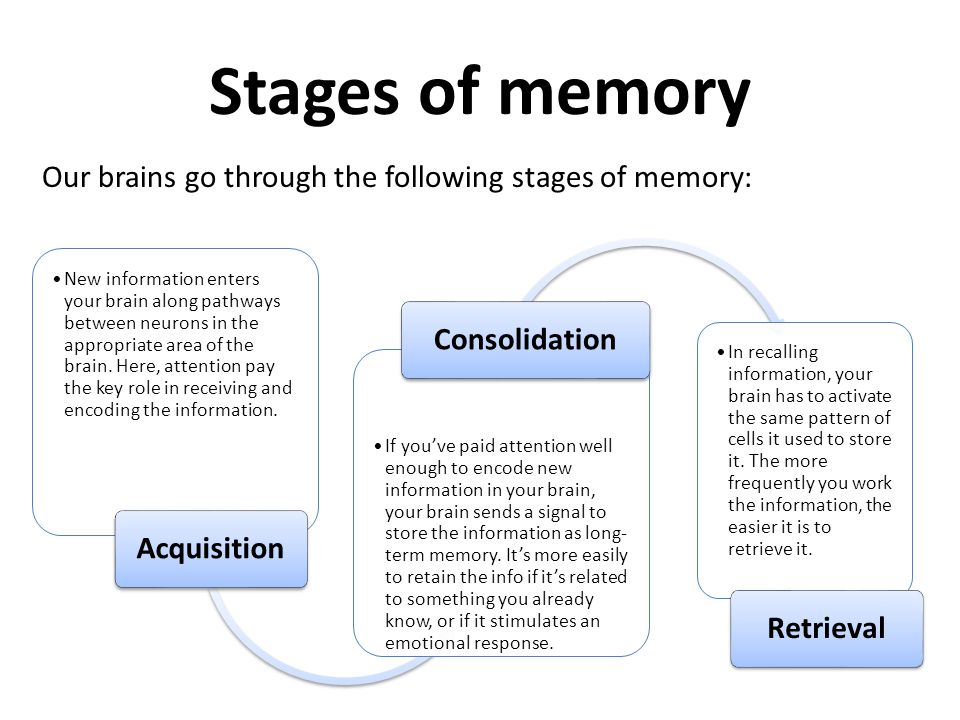
This brief duration means your brain can make many echoic memories throughout the day.
All humans have echoic memory. However, various factors can influence how well someone has this type of memory.
Possible factors include:
- age
- neurological disorders, such as Alzheimer’s disease
- psychiatric disorders, such as schizophrenia
- substance use
- hearing loss or impairment
- language disorders
It also depends on the characteristics of a sound, including:
- duration
- frequency
- intensity
- volume
- language (with spoken word)
Iconic memory, or visual sensory memory, holds visual information. It’s a type of sensory memory, just like echoic memory.
But iconic memory is much shorter. It lasts for less than half a second.
That’s because images and sounds are processed in different ways. Since most visual information doesn’t immediately disappear, you can repeatedly view an image.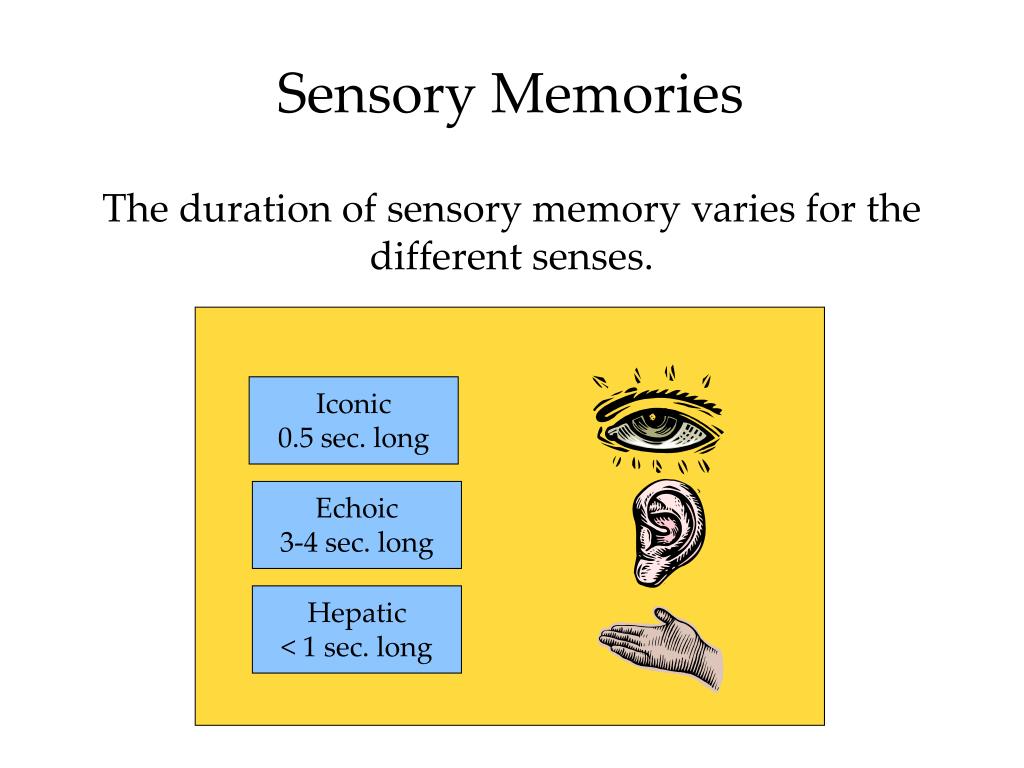 Plus, when you look at something, you can process all the visual images together.
Plus, when you look at something, you can process all the visual images together.
Echoic memory is longer, which is useful because sound waves are time sensitive. They can’t be reviewed unless the actual sound is repeated.
Also, sound is processed by individual bits of information. Each bit gives meaning to the previous bit, which then gives meaning to the sound.
As a result, the brain needs more time to store audio information.
We all forget things sometimes. It’s also normal to experience some memory loss as we get older.
But if you’re having serious memory issues, it’s important to see a doctor.
Seek medical help if you have memory problems, such as:
- getting lost in familiar places
- forgetting how to say common words
- repeatedly asking questions
- taking longer to do familiar activities
- forgetting names of friends and family
Depending on your specific issues, a doctor might refer you to a specialist, like a psychologist or neurologist.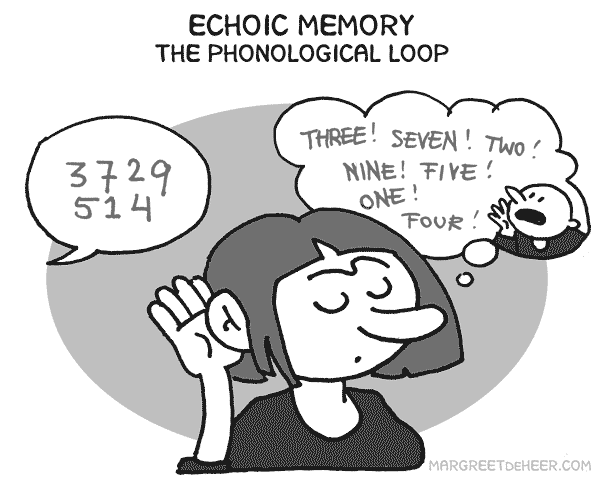
When you hear a sound, the audio information enters your echoic memory. It lasts for 2 to 4 seconds before your brain can process the sound. While echoic memory is very short, it helps keep information in your brain even after the sound has ended.
Though we all have echoic memory, factors like age and neurological disorders can affect how well you recall sounds. It’s also normal for memory to decline with age.
But if you’re experiencing severe memory problems, it’s best to seek medical help.
How We Perceive the Past
Echoic memory, or auditory sensory memory, is a type of memory that stores audio information (sound).
It’s a subcategory of human memory, which can be divided into three major categories:
- Long-term memory retains events, facts, and skills. It can last for hours to decades.
- Short-term memory stores information you recently received. It lasts for a few seconds to 1 minute.
- Sensory memory, also called the sensory register, holds information from the senses.
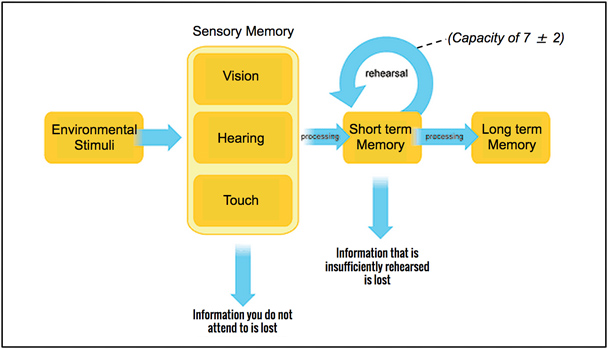 It can be further broken down into three types:
It can be further broken down into three types:- Iconic memory, or visual sensory memory, handles visual information.
- Haptic memory retains information from your sense of touch.
- Echoic memory holds audio information from your sense of hearing.
The purpose of echoic memory is to store audio information as the brain processes the sound. It also holds bits of audio information, which gives meaning to the overall sound.
Let’s look at how echoic memory works and how long it lasts, along with real-life examples.
When you hear something, your auditory nerve sends the sound to your brain. It does this by transmitting electrical signals. At this point, the sound is “raw” and unprocessed audio information.
Echoic memory occurs when this information is received and held by the brain. Specifically, it’s stored in the primary auditory cortex (PAC), which is found in both hemispheres of the brain.
The information is held in the PAC opposite of the ear that heard the sound.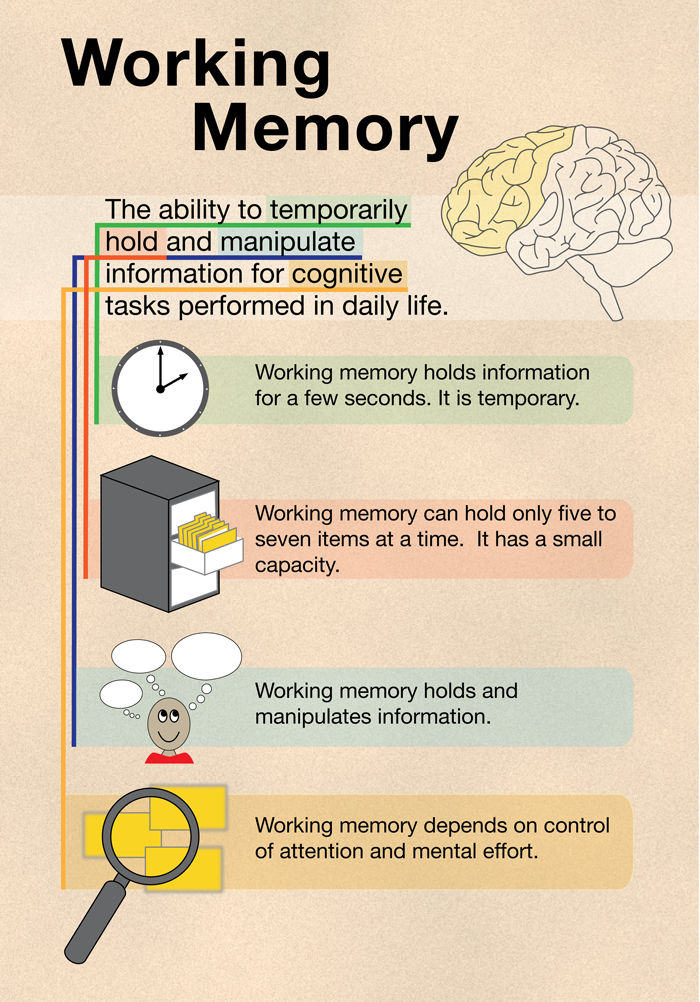 For instance, if you hear a sound in your right ear, the left PAC will hold the memory. But if you hear a sound through both ears, both the left and right PAC will retain the information.
For instance, if you hear a sound in your right ear, the left PAC will hold the memory. But if you hear a sound through both ears, both the left and right PAC will retain the information.
After a few seconds, the echoic memory moves into your short-term memory. This is where your brain processes the information and gives meaning to the sound.
The process of echoic memory is automatic. This means audio information enters your echoic memory even if you don’t purposely try to listen.
In fact, your mind is constantly forming echoic memories. Here are a few everyday examples:
Talking to another person
Spoken language is a common example. When someone talks, your echoic memory retains each individual syllable. Your brain recognizes words by connecting each syllable to the previous one.
Each word is also stored in echoic memory, which allows your brain to understand a full sentence.
Listening to music
Your brain uses echoic memory when you listen to music.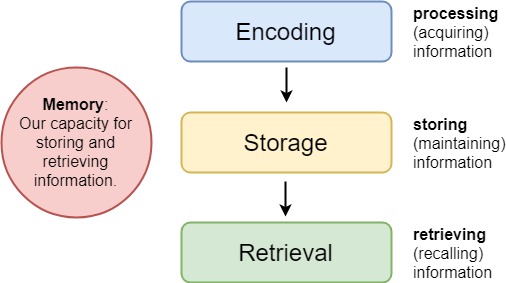 It briefly recalls the previous note and connects it to the next one. As a result, your brain recognizes the notes as a song.
It briefly recalls the previous note and connects it to the next one. As a result, your brain recognizes the notes as a song.
Asking someone to repeat themselves
When someone talks to you while you’re busy, you might not fully hear what they say. If they repeat what they said, it will sound familiar because your echoic memory heard them the first time.
Echoic memory is very short. According to the “Handbook of Neurologic Music Therapy,” it only lasts for 2 to 4 seconds.
This brief duration means your brain can make many echoic memories throughout the day.
All humans have echoic memory. However, various factors can influence how well someone has this type of memory.
Possible factors include:
- age
- neurological disorders, such as Alzheimer’s disease
- psychiatric disorders, such as schizophrenia
- substance use
- hearing loss or impairment
- language disorders
It also depends on the characteristics of a sound, including:
- duration
- frequency
- intensity
- volume
- language (with spoken word)
Iconic memory, or visual sensory memory, holds visual information.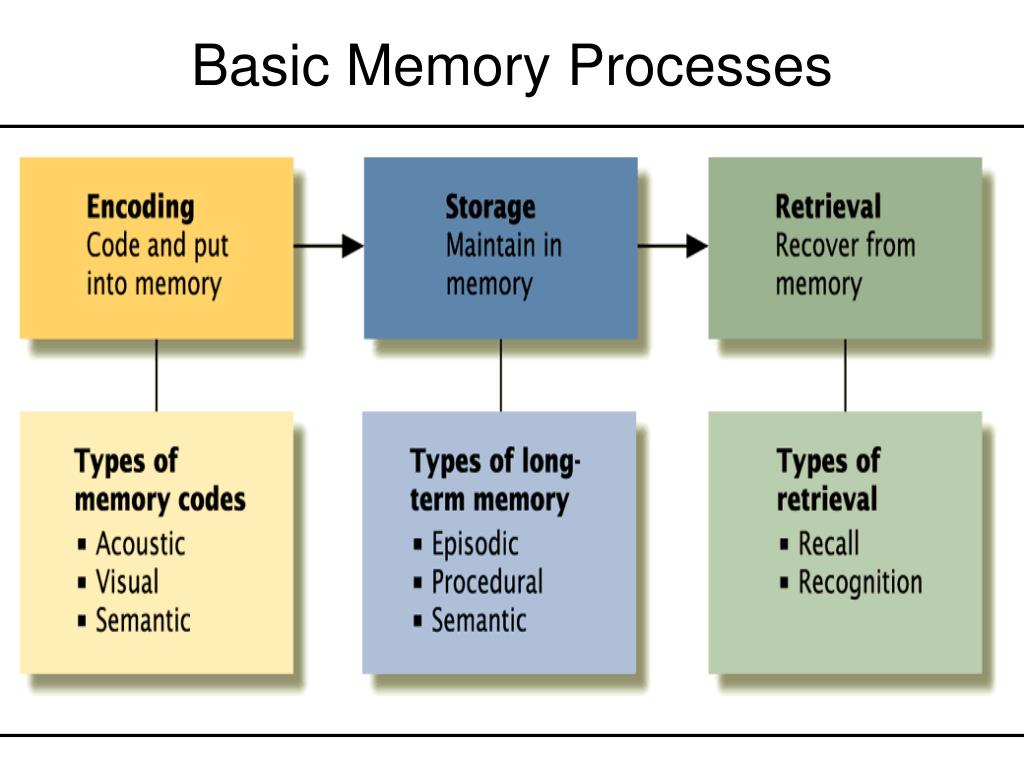 It’s a type of sensory memory, just like echoic memory.
It’s a type of sensory memory, just like echoic memory.
But iconic memory is much shorter. It lasts for less than half a second.
That’s because images and sounds are processed in different ways. Since most visual information doesn’t immediately disappear, you can repeatedly view an image. Plus, when you look at something, you can process all the visual images together.
Echoic memory is longer, which is useful because sound waves are time sensitive. They can’t be reviewed unless the actual sound is repeated.
Also, sound is processed by individual bits of information. Each bit gives meaning to the previous bit, which then gives meaning to the sound.
As a result, the brain needs more time to store audio information.
We all forget things sometimes. It’s also normal to experience some memory loss as we get older.
But if you’re having serious memory issues, it’s important to see a doctor.
Seek medical help if you have memory problems, such as:
- getting lost in familiar places
- forgetting how to say common words
- repeatedly asking questions
- taking longer to do familiar activities
- forgetting names of friends and family
Depending on your specific issues, a doctor might refer you to a specialist, like a psychologist or neurologist.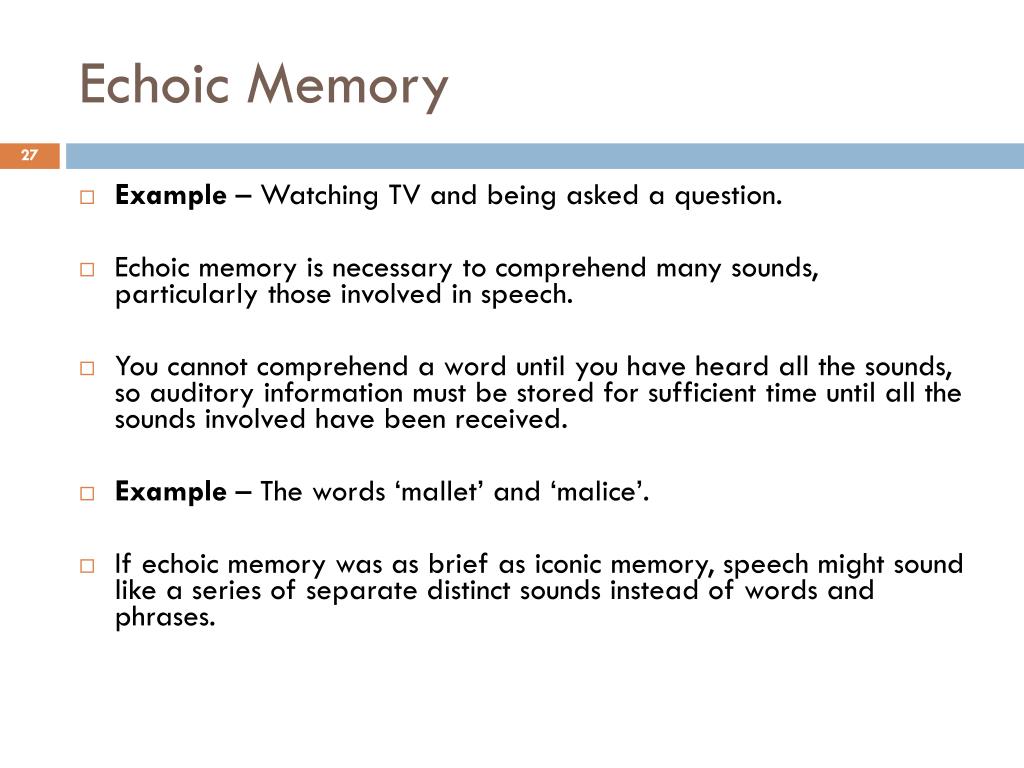
When you hear a sound, the audio information enters your echoic memory. It lasts for 2 to 4 seconds before your brain can process the sound. While echoic memory is very short, it helps keep information in your brain even after the sound has ended.
Though we all have echoic memory, factors like age and neurological disorders can affect how well you recall sounds. It’s also normal for memory to decline with age.
But if you’re experiencing severe memory problems, it’s best to seek medical help.
Auditory memory or echo memory - Cognitive ability
What is short-term phonological or echo memory?
Short-term phonological memory , also known as echoic memory, is one of the sensory memory registers . This type of sensory memory is very short, but at the same time resistant to damage in brain lesions. In severe forms of amnesia, this type of sensory memory is not impaired.
Short-term phonological or echoic memory is a sensory memory component responsible for storing all incoming phonological information for a short time. Various studies indicate that this system can retain more information and for a longer period of time (on average 3-4 seconds) than visual (visual) memory.
Various studies indicate that this system can retain more information and for a longer period of time (on average 3-4 seconds) than visual (visual) memory.
Short-term phonological memory is a short-term storage of phonological information with a large capacity. In other words, short-term phonological memory literally retains an incoming sound stimulus until it is fully processed.
These sound stimuli are automatically transferred to our brain's "central audio processor", which converts electrical sound signals into mental concepts, thus forming an audio image that our brain can hold for a short period of time. The sound image can only be reproduced after processing the auditory stimulus during this short period.
Primary auditory cortex is responsible for sensory memory 0006 . Different parts of the brain are involved in the storage of phonological information; it is associated with a number of processes. Most of the areas of the brain involved in this case are located in the prefrontal cortex, where executive control and attention control are exercised.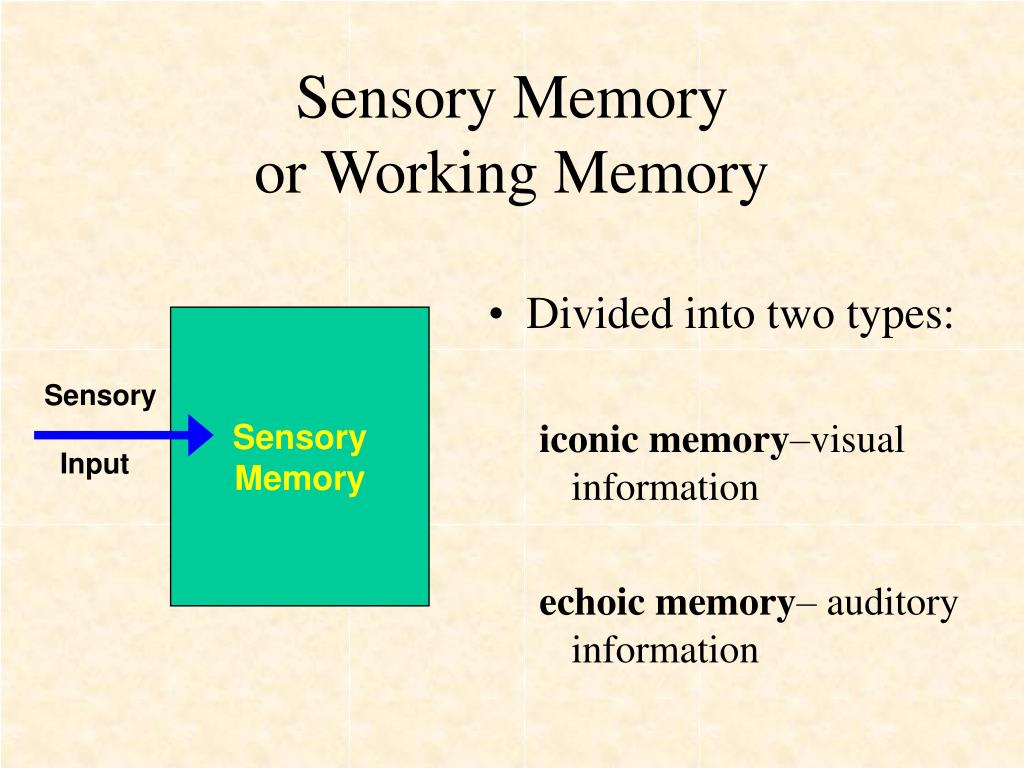
Examples of phonological or echoic short-term memory
- Recall the name of someone we have just been introduced to
- Repeat the phone number we have just been given
- Recall the address you just received where you are expected for dinner
- Knowing the answer to a question, rush to dial the radio station to win a prize
- Recall the voice of a family member
Impairment or pathology associated with a deficiency in short-term phonological memory or auditory processing information
Difficulties and problems with processing auditory information or short-term phonological memory may be associated with speech development disorders , since it is difficult for such children to repeat the sounds and words necessary for mastering speech. In addition, this deficit is commonly correlated with reading difficulties, ADHD, acquired dyslexia, and dyscalculia. Children with deficits in short-term phonological or echoic memory tend to experience problems with attention and memory of information received by ear .![]()
- Children with short-term phonological memory deficits find it difficult to follow step-by-step instructions.
- They need more time to recognize and process phonological information.
- Poor school performance can also be associated with insufficient processing of phonological information.
- Very often there are behavior problems. Due to the lack of processing of phonological information or echoic memory, the child may become upset, feel inferior.
- Children with impaired short-term phonological memory experience difficulties with speech (for example, they find it difficult to expand their vocabulary, understand speech, learn a foreign language ...)
- Difficulty in spelling, understanding what is read, etc. ...
Problems with short-term phonological memory in adults may be associated with brain damage, traumatic brain injury with impairments in the dorsolateral prefrontal and temporo-parietal cortex.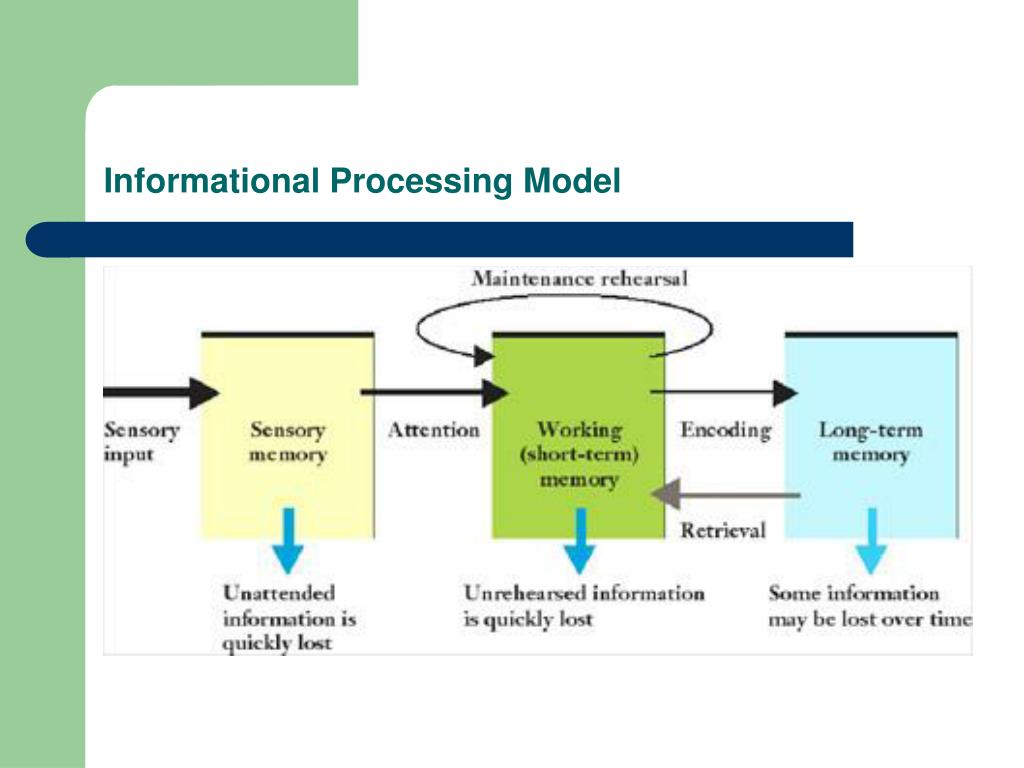
How are short-term phonological memory problems assessed?
Neuropsychological testing can reliably and effectively assess the echoic or short-term phonological memory of any person.
The battery of tests used to assess short-term phonological (echoic) memory is based on the classic Ray's Auditory Learning Test RAVLT (1964) . The Phonological Working Memory Test items are designed to assess a person's ability to interpret auditory stimuli from the environment. It is about the ability to understand the meaning of given information and the message as a whole, and then perform the corresponding memorization process.
Sequential The WOM-ASM test is comprehensive because, in addition to assessing short-term phonological memory, it tests cognitive abilities such as planning, visual memory, short-term memory, spatial perception, reaction time, working memory, and information processing speed.
Is it possible to improve short-term phonological memory?
Of course, in order to improve and increase the efficiency of short-term phonological memory, it is necessary, first of all, improve the ability to retain and store information received by ear.![]()
CogniFit offers a variety of exercises to stimulate and train echoic (short-term phonological) memory . Thanks to neuroscience and the study of brain plasticity, we know that the brain and its neural connections are strengthened by the use of the functions in which they are involved. This also applies to processes related to echoic memory.
CogniFit neuropsychological testing program presented in the form of exciting smart games, evaluates short-term phonological memory and, based on the results, automatically offers comprehensive personal cognitive training to improve short-term phonological memory .
The CogniFit Neuropsychological Testing Program was developed by an experienced team of neuroscientists and cognitive psychologists who specialize in the study of synaptic plasticity and neurogenesis. To train echoic memory and the cognitive processes involved in it, you need only 15 minutes a day (2-3 times a week) .
Program available online . It contains many interactive exercises in the form of fun brain games that you can play with your computer. At the end of each session, CogniFit will show you a detailed chart of your cognitive progress.
CogniFit's battery of online exercises has been shown to help create new synapses and neural connections that can reorganize and restore the most affected cognitive functions, including short-term phonological memory.
2.2. Echo memory
Echo memory needed as for complex recognition activities speech, and for the solution, it would seem very simple tasks. For example, imagine imagine that you need to localize about sound source in space. Psyche automatically cope with such a problem, basing their "computing" on microscopic difference between the time for which sound reach left and right ear. It would be impossible without echoic memory.![]() For the study of echoic in memory of N. Morei need b yl o repeat the idea of experiments by J. Sperlin in acoustic modality.
For the study of echoic in memory of N. Morei need b yl o repeat the idea of experiments by J. Sperlin in acoustic modality.
He developed a setup for binaural presentation of sound stimuli is a special designed headphones, at the same time giving two messages to each ear (therefore, these subjects are often called "four-eyed people"). Before the test subjects there was a remote control with four lights (Fig. 26). Each message consisted of four and z oled letters. The test subject was required to b give a partial report of what was heard message according to order , what light bulb lit up on the remote control some time after the announcement incentives. Experimental results b yl i comparable to those received by J. Spurlin for iconic memory. However In this case, the time interval current which information remained available in in full, increased significantly. Number of correctly played letters with a partial report was approaching to indicator full report not after 1 s, which is typical for visual modality, and after 3 s. One the fact that audio information is longer stored in touch register than visual, has a number consequences. They are called effects. modalities. For example, the edge effect (see rl. 6) is much more pronounced in that if the information is presented to auditory, not visual. Currently debate continues over duration. storage of information in sensory registers in a situation where there is no interference, i.e. erasure of information by newly arriving on touch surfaces with material. So, according to F. Craik and M. Kirsner, despite the fact that the echoic memory of message content fading in about 3 s, intonation information The voices are preserved even after 8 s. F. Pollack showed that in a situation of forced choice of two alternatives, key is useful in the range up to 15 min, despite the fact that the subject is not can consciously reproduce information heard.
Number of correctly played letters with a partial report was approaching to indicator full report not after 1 s, which is typical for visual modality, and after 3 s. One the fact that audio information is longer stored in touch register than visual, has a number consequences. They are called effects. modalities. For example, the edge effect (see rl. 6) is much more pronounced in that if the information is presented to auditory, not visual. Currently debate continues over duration. storage of information in sensory registers in a situation where there is no interference, i.e. erasure of information by newly arriving on touch surfaces with material. So, according to F. Craik and M. Kirsner, despite the fact that the echoic memory of message content fading in about 3 s, intonation information The voices are preserved even after 8 s. F. Pollack showed that in a situation of forced choice of two alternatives, key is useful in the range up to 15 min, despite the fact that the subject is not can consciously reproduce information heard.
3. Phenomenon ID
Psychologists have long known the phenomenon of eidetics, i.e. the possibility hold the visual image for long g o time (within a few minutes). This phenomenon can be understood as excessive functioning of touch register. The phenomena of eidetism described L. With. Vyrotsky: "The essence eidetism is that a person has the ability to see literally the meaning of this word on a blank screen a missing picture or object, which was previously in front of its g manholes" (Vyrotsky l. With. 1998. p. 181 182). Are given experimental session data from a ten-year-old child who nine-second exposure pictures for five minutes freely answers questions about her content, for example: how many jugs with milk stand on a cart? what is written on the sign above the door? what font inscription made? etc. Observers gave the impression that the child literally “sees” what is missing in reality picture and therefore, without experiencing difficulties, describes the smallest her details. l. With. Vyrotsky considered the phenomenon eidetism not less than - then exceptional, but normal stage in memory development in children. Interesting what l. With. Vyrotsky clearly anticipated later interpretation of mechanisms functioning of the touch register: in the purest form, organic foundations of our memory. After all, at the core eidetic phenomena lies, undoubtedly, inertia nervous excitement: nervous excitement lasts and after Toro, as immediate irritant to the eye removed. This inertia is not excitation, which undoubtedly lies in basis of all memory processes, i.e. trace irritations, manifested when eidetism in its purest form" (Vyotsky L. S. 1998, p. 195). Data in favor of the existence of an eidetic memories of some adults were obtained early 1960s.
Observers gave the impression that the child literally “sees” what is missing in reality picture and therefore, without experiencing difficulties, describes the smallest her details. l. With. Vyrotsky considered the phenomenon eidetism not less than - then exceptional, but normal stage in memory development in children. Interesting what l. With. Vyrotsky clearly anticipated later interpretation of mechanisms functioning of the touch register: in the purest form, organic foundations of our memory. After all, at the core eidetic phenomena lies, undoubtedly, inertia nervous excitement: nervous excitement lasts and after Toro, as immediate irritant to the eye removed. This inertia is not excitation, which undoubtedly lies in basis of all memory processes, i.e. trace irritations, manifested when eidetism in its purest form" (Vyotsky L. S. 1998, p. 195). Data in favor of the existence of an eidetic memories of some adults were obtained early 1960s.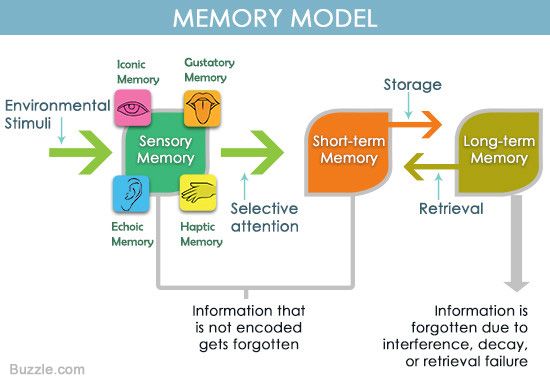 ..x h. Stromeyer. His The subject was an artist named Elizabeth. As a stimulus material She was shown two pictures composed of 10 thousand points each. The peculiarity of the image was that if you look at each of combinations of points separately, they appear chaotic generation of points, devoid of any sense. However, when using stereoscope (code is supplied to one eye one image, but on another eye other) 3D image appears re o metric firyr. The subject looked at one of such images b one eye for 1 min. Then there was a pause. Then on another eye the second image was submitted. When The subject was asked what she saw she spoke about what she clearly perceived geometric figure (of course, it is not could have known in advance about the intention experimenter!). Further experiments revealed that elizabeth b yl a capable of maintaining accurate visual unstructured imprint configuring points for a whole day! To test this hypothesis, C.
..x h. Stromeyer. His The subject was an artist named Elizabeth. As a stimulus material She was shown two pictures composed of 10 thousand points each. The peculiarity of the image was that if you look at each of combinations of points separately, they appear chaotic generation of points, devoid of any sense. However, when using stereoscope (code is supplied to one eye one image, but on another eye other) 3D image appears re o metric firyr. The subject looked at one of such images b one eye for 1 min. Then there was a pause. Then on another eye the second image was submitted. When The subject was asked what she saw she spoke about what she clearly perceived geometric figure (of course, it is not could have known in advance about the intention experimenter!). Further experiments revealed that elizabeth b yl a capable of maintaining accurate visual unstructured imprint configuring points for a whole day! To test this hypothesis, C. Stromeyer offered her various “additional” -groups of points, which she mentally "folded" into certain stereoscopic figurines . More one striking example of the existence eidetic-like memory, which often characteristic of artists, is story F. Magnani . Having left his native birthplace in his youth . Pontito in northern Italy, Magnani then for several painted from memory for decades pictures of the past. American photographer With. Schwarzenberg decided to check the accuracy memorizing Magnani and went to Italy. To her surprise, most works of the artist in the smallest detail repeated existing in reality landscapes of Pontito (Fig. 27). Separate the problem is speed transfer information from touch register into subsequent processing blocks. J. Spurlin empirically calculated it for iconic memory. He presented subject rows consisting of seven letters. For a very short (0.005 s) exposure followed by a bright flash, the meaning of which was to interrupt the existence of inertial images on retina.
Stromeyer offered her various “additional” -groups of points, which she mentally "folded" into certain stereoscopic figurines . More one striking example of the existence eidetic-like memory, which often characteristic of artists, is story F. Magnani . Having left his native birthplace in his youth . Pontito in northern Italy, Magnani then for several painted from memory for decades pictures of the past. American photographer With. Schwarzenberg decided to check the accuracy memorizing Magnani and went to Italy. To her surprise, most works of the artist in the smallest detail repeated existing in reality landscapes of Pontito (Fig. 27). Separate the problem is speed transfer information from touch register into subsequent processing blocks. J. Spurlin empirically calculated it for iconic memory. He presented subject rows consisting of seven letters. For a very short (0.005 s) exposure followed by a bright flash, the meaning of which was to interrupt the existence of inertial images on retina. So artificially presence time was controlled information in the sensory register. Interval changed between exposure and flash with "ball" B 0.01 s. Then the subject they asked what letters he saw. It turned out that adding 0.01 s gives win in one character. In this way, scanning speed in the visual touch register is equal to one character in 0.01 s, i.e. 100 characters per second! However such a fantastic speed -
So artificially presence time was controlled information in the sensory register. Interval changed between exposure and flash with "ball" B 0.01 s. Then the subject they asked what letters he saw. It turned out that adding 0.01 s gives win in one character. In this way, scanning speed in the visual touch register is equal to one character in 0.01 s, i.e. 100 characters per second! However such a fantastic speed -
growth is observed only for the first five characters in the set, then process replaces for up to until complete cessation (Fig. 28). Quicker total , given by J. Sperlin on speed and dynamics scanning information reveal about the “bottleneck” in the recycling system. While block P (see Fig. 24) with limited
container not yet filled, symbols literally "fly" through the mechanism scanning. After Toro as block P is filled in, further admission to Hero information is impossible, so scanning is interrupted until until block P is " master free.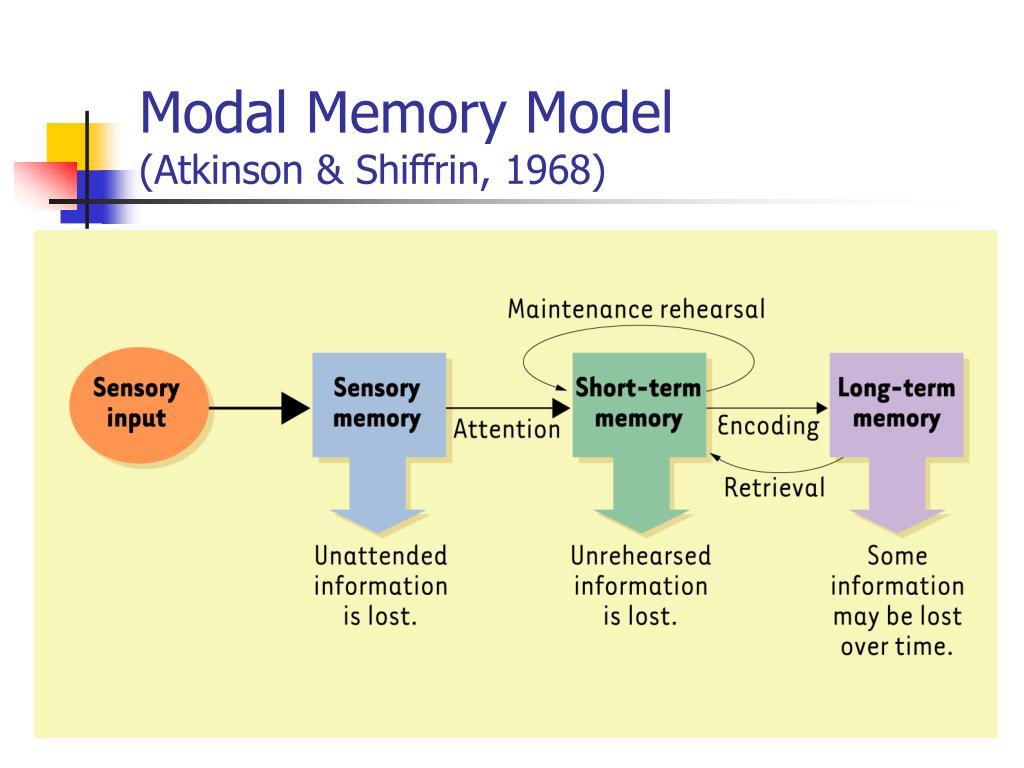 So, we need a sensory register for Toro to experience the world as continuous integrity. If if we didn't have touch register world would represent a sequence for us unrelated images (breaks in perception associated with blinking and saccadic jumps rlas, would lead to oblivion of the previous information) and broken sounds (auditory sensory register allows recognize words as meaningful complexes). touch pe g istp it's super short precate real information store very BIG G 0 volume. Information in the sensory register saved from 250500 ms (visual) up to 2 s (auditory). Main task block sensor register is to give the next block an opportunity classify incoming information and send it to the next processing.
So, we need a sensory register for Toro to experience the world as continuous integrity. If if we didn't have touch register world would represent a sequence for us unrelated images (breaks in perception associated with blinking and saccadic jumps rlas, would lead to oblivion of the previous information) and broken sounds (auditory sensory register allows recognize words as meaningful complexes). touch pe g istp it's super short precate real information store very BIG G 0 volume. Information in the sensory register saved from 250500 ms (visual) up to 2 s (auditory). Main task block sensor register is to give the next block an opportunity classify incoming information and send it to the next processing.